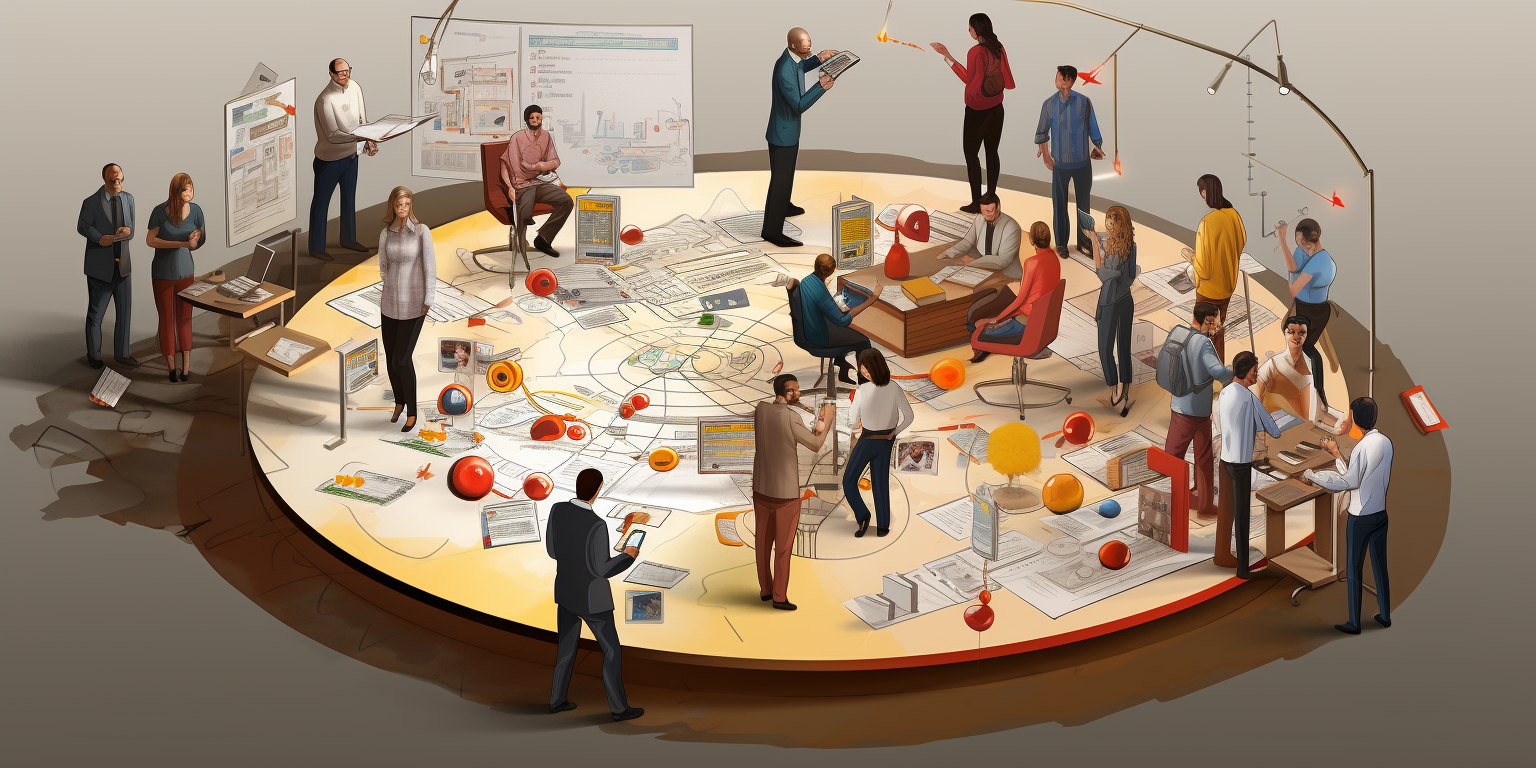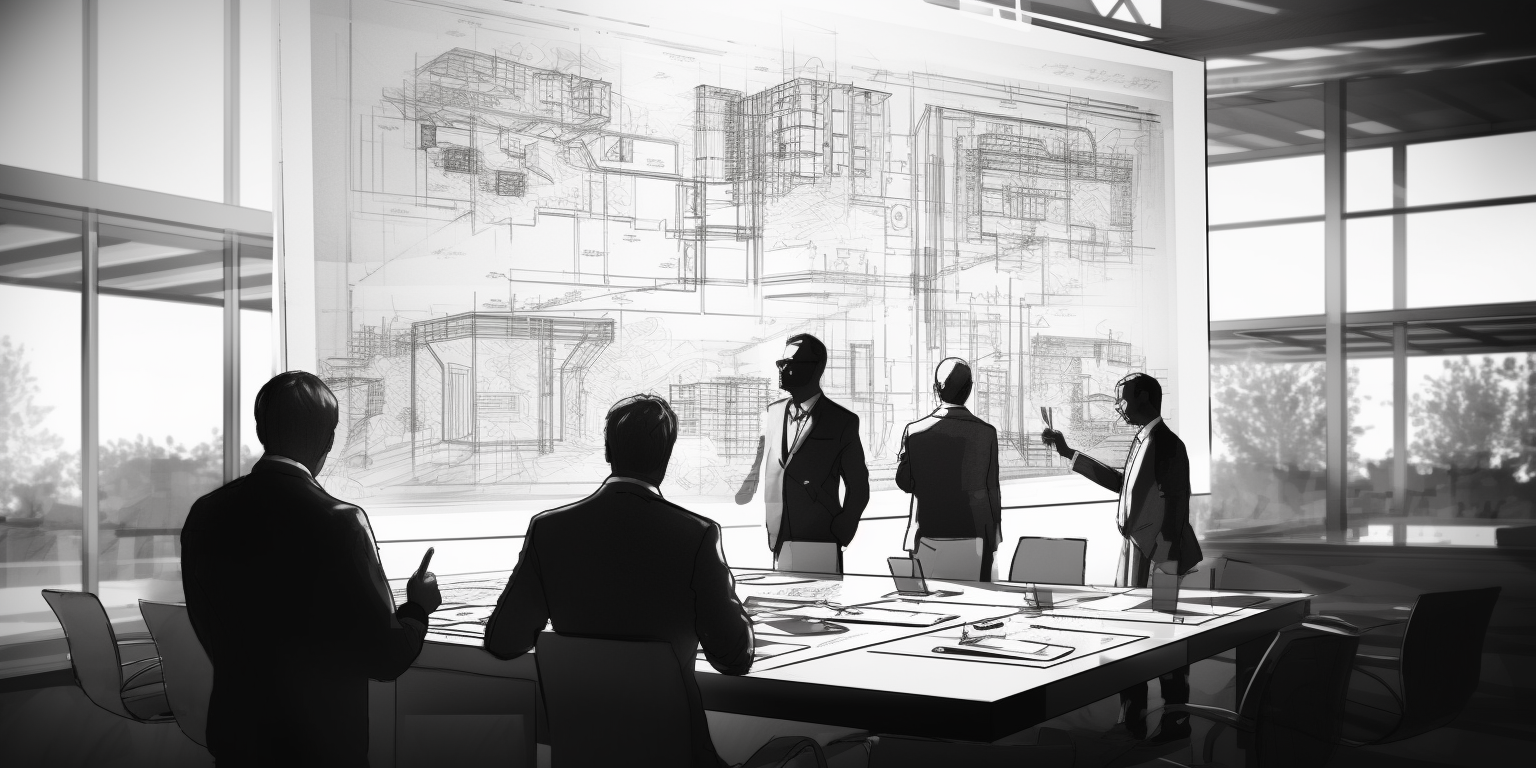A subsystem, in the realm of systems engineering, is a secondary or auxiliary system that is part of a larger system. It possesses its own set of functions and operations that contribute to the overall performance and functionality of the system as a whole. Subsystems work together, interrelating and interconnecting, to achieve the bigger goal of the primary system. Examples of subsystems could include the engine within a vehicle or the cooling system within a computer.
Table of Contents
Subsystem Overview
Subsystems are crucial parts of larger, more complex systems. They exist as smaller entities within a broader context, each having its own unique role and function. This aids in breaking down a system’s complexity, making it easier to understand, develop, and manage.
Identification and Design of a Subsystem
The first step in any subsystem development process is identification. It entails breaking down the overall system into its component parts or subsystems. It takes into consideration the key functions, tasks, and processes of the primary system. The features and characteristics of a subsystem are designed during this stage. The design consists of several parts, such as subsystem configuration, operation protocols, and the definition of interfaces with other subsystems.
Subsystem Development and Modelling
Once a subsystem’s design is finalised, the development process begins. This involves the detailed engineering necessary to create the product or process based on the design parameters. Developers and engineers are responsible for translating the designed subsystem into a tangible, functioning entity.
Subsystem modelling is an essential aspect of the development phase. This process involves creating virtual models and simulations of the subsystem. It helps engineers to analyse design features, conduct tests, and pinpoint any potential issues before physical assembly and integration take place.
Subsystem Verification and Validation
Subsystem verification and validation is a critical part of the engineering process. Verification ensures that the subsystem is designed and built correctly, confirming that the subsystem meets the stated requirements of the design output. On the other hand, validation is the process of evaluating subsystem during or at the end of the development process to ensure that it fulfills the specified requirements for a particular use or application.
Subsystem Integration
Subsystem integration involves bringing together all the distinct subsystems into one unified system. This is a crucial stage in achieving a systematic interaction that ensures all subsystems work together harmoniously. Engineers need to carefully interconnect subsystems to prevent interferential or adverse operations, ensuring a smooth interplay of actions to achieve the primary system’s objectives.
Subsystem Analysis
Once a subsystem is in place and integrated, analysis is vital for troubleshooting, enhancement, and maintenance purposes. It examines reproducibility, reliability, and stress limit. This analysis identifies problems or inefficiencies within the subsystem, thus aiding engineers in making necessary changes to improve performance.
Subsystem Lifecycle Management
The subsystem lifecycle includes phases such as conceptualisation, development, utilisation, and retirement. Managing this lifecycle is crucial in systems engineering. With proper management, subsystems can be maintained efficiently, ensuring long-term system functionality.
Subsystem Requirements Engineering
Subsystem requirements are the detailed description of what a particular subsystem is supposed to do, outlining its restrictions and specific needs. Clear and accurate requirements help in designing, developing, and testing the subsystem, contributing towards a successful integration within the overall system.
A subsystem is a vital component in systems engineering, offering a route to address and manage the inherent complexity within most systems. Understanding these basics of subsystem handling provides a base on which effective systems professionals can design, develop, manage, and optimise complex systems. The destination of a successful career in systems engineering eagerly awaits those who navigate this journey with passion and determination.

Case Study: iPhone’s “Antennagate” Scenario
In 2010, Apple faced a significant challenge post-launch of its iPhone 4, stemming from an issue with one of its subsystems – the antenna. The new phone boasted a unique design wherein the antenna was integrated into the phone’s body. But, if users held the phone a certain way, it often led to a sharp drop in signal strength, a problem termed Antennagate. The performance of the antenna subsystem directly impacted the operation of the larger system, compromising the overall functionality and user experience of the iPhone.
Apple swiftly recognised the issue, addressing it in multiple ways. Firstly, they offered free cases that could solve the problem by insulating the part of the antenna that was causing signal degradation. Secondly, in their next edition, the iPhone 4S, they remodelled the antenna design based on their learnings, demonstrating adaptability and innovation.
The iPhone itself consists of an ecosystem of multiple subsystems aside from the antenna, such as the iOS operating system, the touchscreen interface, camera system, the chipsets, battery, and more. Each subsystem has its unique function but works seamlessly together to deliver the holistic iPhone experience users have come to value.
“Antennagate” underscores how critical each subsystem’s effective performance is for the whole to function efficiently. It demonstrates the challenges that can crop up from the smallest elements, stressing the importance of careful design, testing, and swift problem resolution in systems engineering. Thus, even the most experienced engineers and world-leading companies can encounter unexpected obstacles, reinforcing why systems engineering is vital in coordinating complex projects.
Frequently Asked Questions
What is a Subsystem?
A subsystem is a secondary or auxiliary system that functions within a larger, primary system. It performs specific tasks and operations that contribute to the overall functionality of the main system, enhancing its performance.
What is the role of subsystems in systems engineering?
In systems engineering, subsystems play crucial roles in breaking down the complexity of a larger system. Each addresses distinct functionalities, helping to develop, understand, and manage the main system more effectively.
What is the process of subsystem development?
The process of subsystem development includes stages of identification, design, modelling, verification and validation, integration, analysis, lifecycle management, and requirements engineering. These steps ensure that the subsystem can function as intended within the framework of the larger system.
What is subsystem integration?
Subsystem integration involves combining all the various subsystems into one coherent system. It ensures harmonious interaction of all subsystems, enhancing the performance and efficiency of the overall system.
Can subsystems operate independently?
Yes, subsystems can function independently. However, their performance and operations contribute to the broader system. While they can operate in isolation, effective subsystems are usually interconnected with other parts of the system to achieve a common goal.
What are some examples of subsystems?
Subsystems are found in various contexts. In a vehicle, the engine, transmission system, braking system, and steering system can all be considered subsystems as part of the larger vehicle system. In computers, the hardware, software, memory, and other functional units serve as subsystems.
How are subsystems in an iPhone integrated?
In an iPhone, subsystems like the operating system, central processing unit, camera, touchscreen control and display, audio system, antenna, memory system, and battery are all developed and integrated to work together seamlessly. Extensive modelling, verification, and validation processes, along with continuous analysis and testing, ensure flawless interaction among these subsystems.







